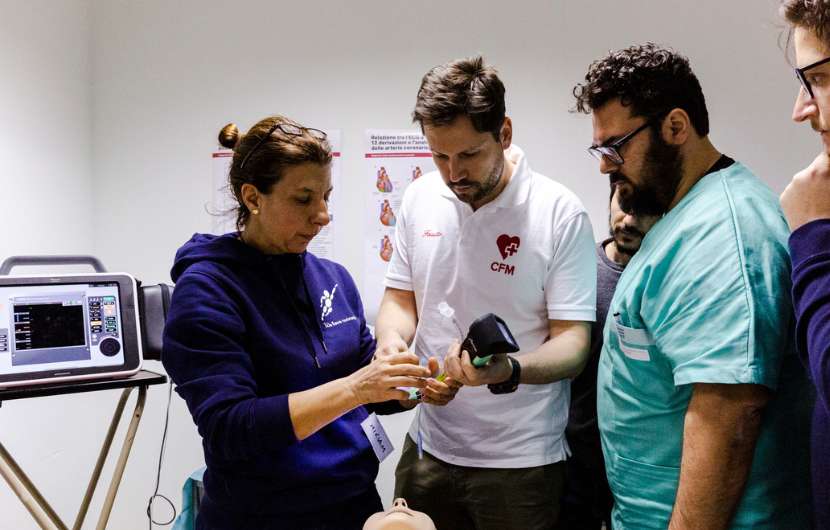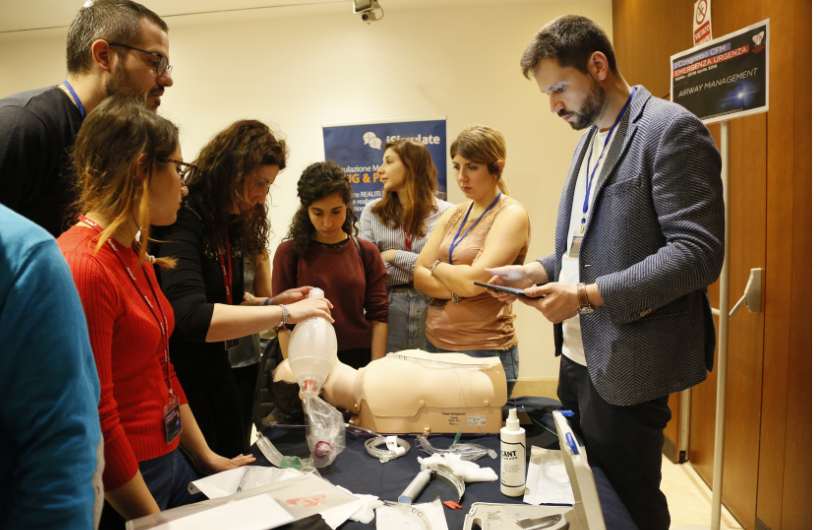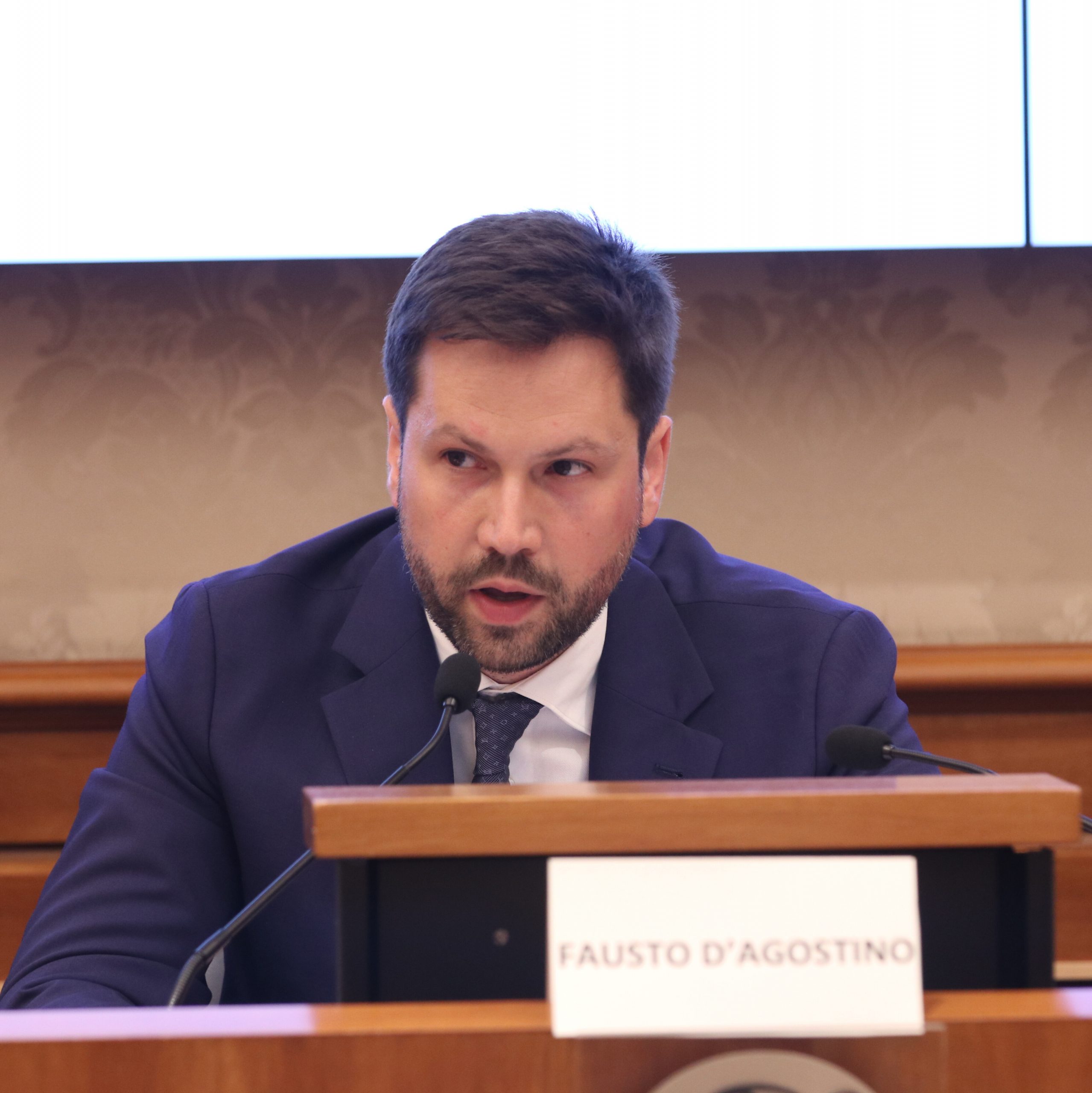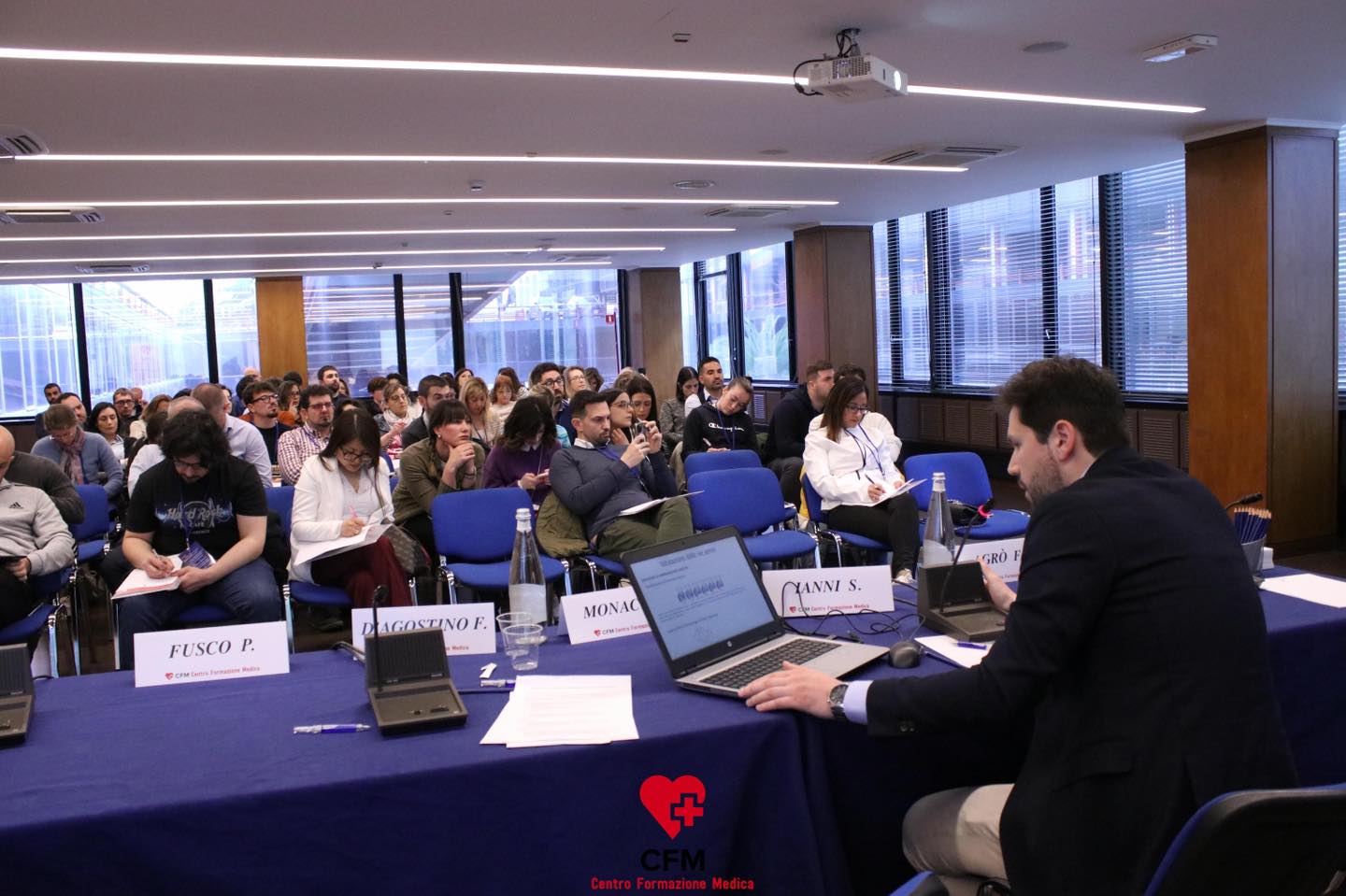Simulation is the protagonist of EMERGENCY-URGENCY Theoretical-Practical Congress, which will be held in Bari in November

The Covid-19 pandemic has highlighted that emergency medicine is the first link in healthcare. But it has also revealed several critical issues in this sector. This will be discussed at the next theoretical-practical EMERGENCY-URGENCY Congress, held in Bari on 24th and 25th November, of which SIMZINE will be media partner. “The congress stems from the need for a confrontation and to bring together healthcare operators working in the emergency-urgency sector, aiming for dialogue with the top echelons of healthcare and politics and bringing to light the critical issues of the emergency-urgency system,” explains Dr Fausto D’Agostino, a surgeon specialising in Anaesthesia, Resuscitation, Intensive and Pain Therapy at the University Campus Bio-Medico in Rome and founder of the Medical Training Centre Association, as well as President of the congress.

The conference will be divided into two sessions: the first day will be devoted to lectures on the most important topics in the field of emergency medicine, while on the second day, participants will be able to practise in practical tests, in small groups and guided by national experts, thanks to the use of highly realistic and robotic simulation devices, with the possibility of simulating any clinical scenario. “Simulation offers numerous advantages,” Dr. D’Agostino continues, “and I will mention a few as examples: performing manoeuvres in complete safety, both environmentally and for the ‘patient’ (the simulator), making mistakes without harming anyone,repeating the same manoeuvres and scenarios several times until the desired standard of execution is reached, dealing with situations and events that are rare but whose consequences could be deleterious, providing immediate feedback to participants by assessing their performance before arriving at the treatment of patients and the performance of invasive manoeuvres in real clinical environments. Simulation therefore represents a useful practice for teaching, learning and evaluating clinical skills, but also and above all for improving the quality of care and ensuring patient safety. The second day of the congress will therefore be entirely dedicated to practical training stations. Doctors and emergency-urgency operators, in fact, will have the opportunity to rotate on practical stations set up with latest-generation simulation devices, made available by the event’s partner companies. These are simulators with innovative technology, sophisticated life-size computer-controlled manikins which are capable of reproducing normal and pathological physiological signs and responding to treatments performed in a consistent manner. “We will train in simulation sessions,” Dr. D’Agostino continues, “in which operators, as in everyday practice, will have to manage unpredictable and complex events, characterised by fast-paced times, dealing with the difficulties caused by the presence of patients with acute pathologies requiring immediate treatment. All this, however, in a safe and risk-free environment where it will be possible to develop and/or maintain those appropriate competences and cognitive-behavioural skills that are specific and necessary to deal with certain critical contexts”.
The congress awards 16 CMEs and you can register at this link.
READ ALSO







































